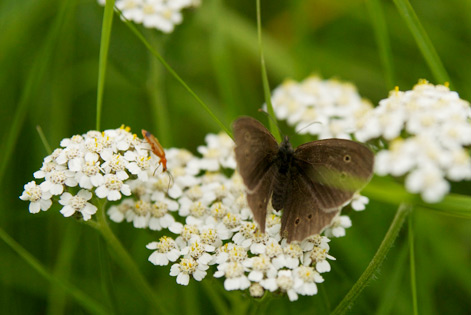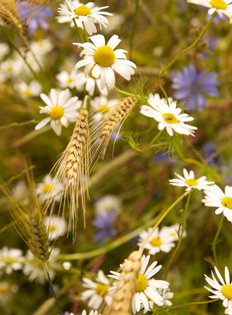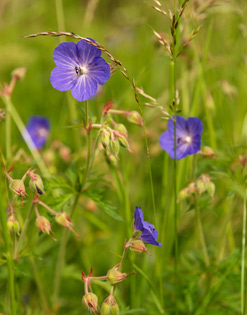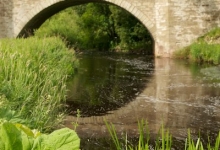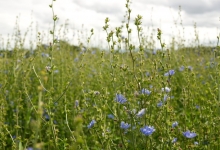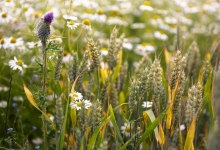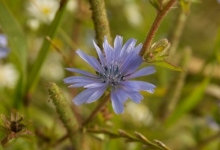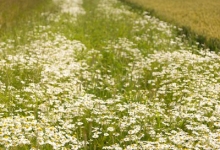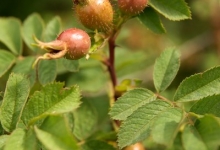Our Environment
Field margins and conservation headlands surround the Charterhall fields and hedgerows. These have been created and are managed for wildlife.
The tussocky grassstrips of Cocksfoot, Red Fescue and Timothy provide attractive habitat for birds like partridge and yellowhammers to nest.
Field margins provide habitats, researched and developed by the Game & Wildlife Conservation Trust, specifically for game and farmland wildlife.
Key sprays have been avoided on headlands so wild flowers return, insect numbers including butterflies increase and insect-eating birds like grey partridge and corn bunting chicks have a greater chance of survival.
Perennial grasses and herbs allow associated butterflies and other insects to flourish here. Predatory insects and spiders also inhabit this area and can contribute to crop pest control thus reducing the use of pesticides
Autumn and spring sown, brood-rearing strips include many seed mixes. Popular ingredients are Chicory, Kale, Linseed, and Triticale. Chicory stands up particularly well to the snow and has striking blue flowers that develop from the woody stems and produce seeds popular with farm birds such as tree sparrows and reed bunting. These strips also give good cover and shelter to wildlife over the winter when there is little shelter here in the fields.
Please help this important conservation work by not disturbing or damaging these special margins and headlands especially during the nesting season from March to July.
No Dogs Off Leads on or near field margins between May and July nesting season – Please! & Thank you!
Charterhall is home to many different kinds of wildlife. Go quietly or sit still for a while, and you may hear and or see some of the animals & birds:
Blackbird, Greenfinch, Robin, Weasel, Brown Hare, Grey Partridge, French Partridge, Roe Deer, Wood Pigeon, Bullfinch, Red Squirrel, Rook, Wren, Carrion Crow, Hedgehog, Shrew, Yellowhammer, Coal Tit, Jackdaw, Skylark, Collared Dove, Kestrel, Sparrow Hawk, Dunnock, Linnet, Starling, Fox, Stoat, Grasshopper, Pheasant, Tawny Owl, Green Woodpecker, Rabbit, Vole.
The Charterhall team are focused on helping the survival indigenous Red Squirrel. This requires the control of the Grey Squirrels that have regrettably recently appeared in the parish. The estate office is keen to be informed of the locations of any sightings of either Red or Grey Squirrels.
The Blackadder water winds its way along the North of Charterhall and in contrast to the decline in the indigenous Red Squirrel, Grey Partridge and other ground nesting/song birds, the Blackadder has seen a welcome ecological turnaround; naturally restocking with Salmon for the first time in recorded history:
1791 Statistical Account Parish of Fogo:
“One peculiarity is observed of the Blackadder, that no salmon can live in it; and if any happen to enter, which they seldom do, even in the spawning season, they are always found dead, a little way up from the mouth of the river, although the Whitadder, from whence they come into it, abounds with them from the Tweed, and carries them many miles above the place where it meets with the Blackadder. Every other stream in this country, communicating with the Tweed, has the salmon in great plenty during the season.”
2011 Tweed Foundation Electro-Fishing Report Key Findings
Salmon results:
“most productive area on the Blackadder Water is between Cairn’s Mill and the Fangrist Burn where
all five of the repeated sites were in the ‘Moderate’ to ‘Very High’ category."
When exploring the Charterhall Estate please follow the country code, we have our own illustrated code to view here.
